Portrait photography is more than just capturing a person’s image; it is about storytelling, emotion, and artistry. Whether you’re a beginner or an experienced photographer, understanding the nuances of portrait photography can transform your work from average to extraordinary. In this ultimate guide, we will explore everything you need to know to master the art of portrait photography.
1. Understanding Portrait Photography
What is Portrait Photography?
Portrait photography is the art of capturing a person’s personality, expression, and emotions through an image. The best portraits evoke feelings and tell a story, making them powerful tools for communication and artistic expression.
Types of Portrait Photography
- Traditional Portraits: Studio-based with controlled lighting.
- Environmental Portraits: Capturing a subject in their natural surroundings.
- Candid Portraits: Unposed shots capturing natural expressions.
- Glamour Portraits: Emphasizing beauty with professional makeup and lighting.
- Conceptual Portraits: Artistic and storytelling-driven photography.
2. Essential Equipment for Portrait Photography
Choosing the Right Camera
- DSLR and Mirrorless Cameras: High resolution and interchangeable lenses.
- Medium Format Cameras: Ideal for high-end, magazine-quality portraits.
Best Lenses for Portrait Photography
- 50mm f/1.8 (Nifty Fifty): Affordable and versatile.
- 85mm f/1.4 or f/1.8: Perfect for stunning bokeh and sharp subject focus.
- 70-200mm f/2.8: Excellent for outdoor portraits and isolating subjects.
Additional Gear
- Tripod: Stabilizes shots for low-light conditions.
- Reflectors and Diffusers: Control and shape natural or artificial light.
- External Flash: Enhances lighting in low-light environments.
- Backdrop and Props: Adds depth and visual appeal to the portrait.
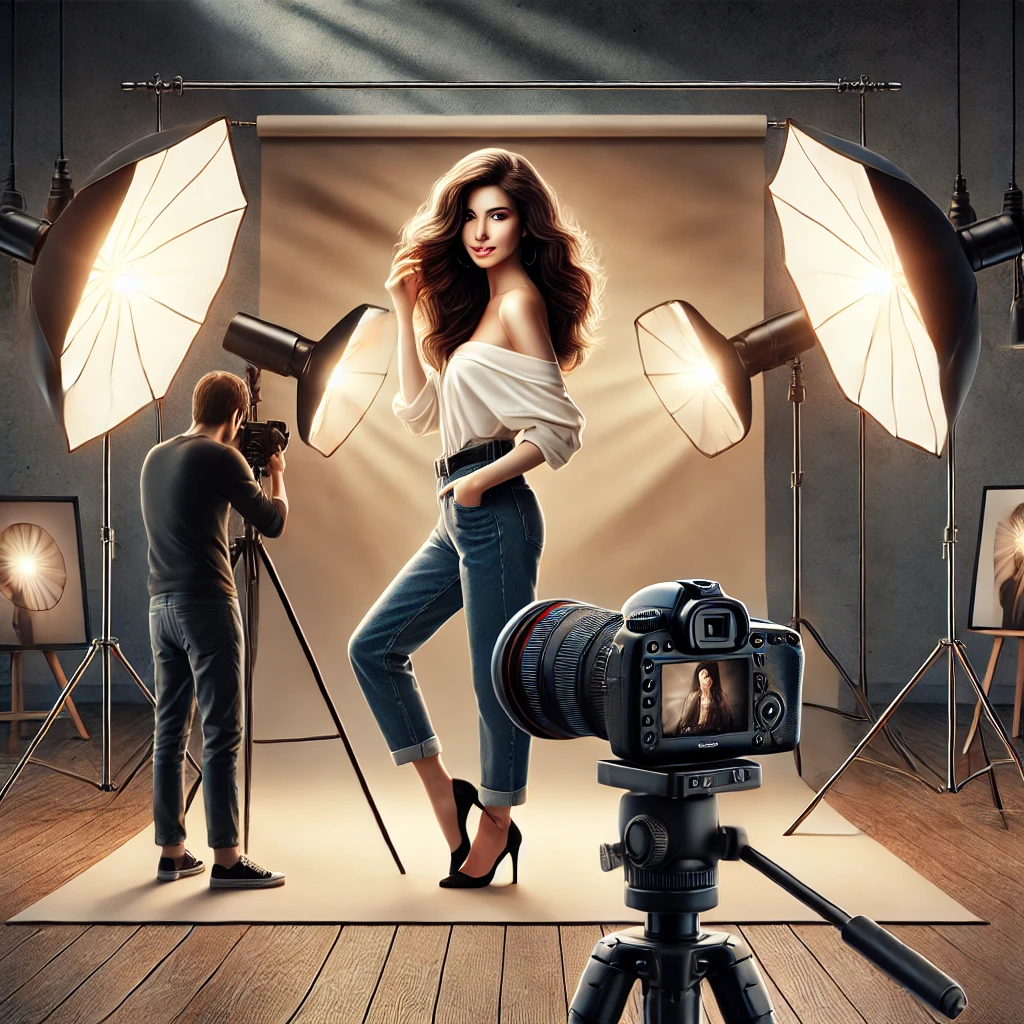
3. Mastering Lighting Techniques
Natural vs. Artificial Light
- Golden Hour: Soft, warm, and diffused sunlight enhances portraits.
- Overcast Days: Natural diffusion eliminates harsh shadows.
- Studio Lighting: Allows full control over shadows and highlights.
Key Lighting Techniques
- Rembrandt Lighting: A signature triangle of light on the shadowed side of the face.
- Butterfly Lighting: A flattering technique with soft shadows under the nose.
- Split Lighting: Creates dramatic contrast by lighting only half of the face.
- Loop Lighting: A natural and flattering style, casting a small nose shadow.
4. Posing Techniques for Stunning Portraits
Basic Posing Rules
- Keep shoulders relaxed.
- Guide the subject’s chin slightly forward to define the jawline.
- Avoid stiff or forced poses; opt for natural movements.
Pose Ideas for Different Portrait Styles
- Classic Portrait: A slight head tilt and soft eye contact.
- Candid Portraits: Capture genuine laughter and emotions.
- Editorial Pose: Strong, confident, and magazine-style composition.
- Action Pose: Movement-based shots like walking or playing with hair.
5. Mastering Composition for Impactful Portraits
Rule of Thirds
Position the subject off-center to create a visually dynamic composition.
Leading Lines
Use elements like pathways, fences, or architectural structures to draw attention to the subject.
Negative Space
Incorporate empty space to add emphasis and drama to the portrait.
Depth and Layering
Use foreground elements to add depth and create a three-dimensional feel.
6. Camera Settings for Perfect Portraits
Aperture Settings
- f/1.8 – f/2.8: Ideal for soft backgrounds (bokeh effect).
- f/5.6 – f/8: Keeps both the subject and background slightly in focus.
Shutter Speed & ISO
- 1/125s or faster: Prevents motion blur.
- ISO 100-400: Keeps images noise-free while maintaining detail.
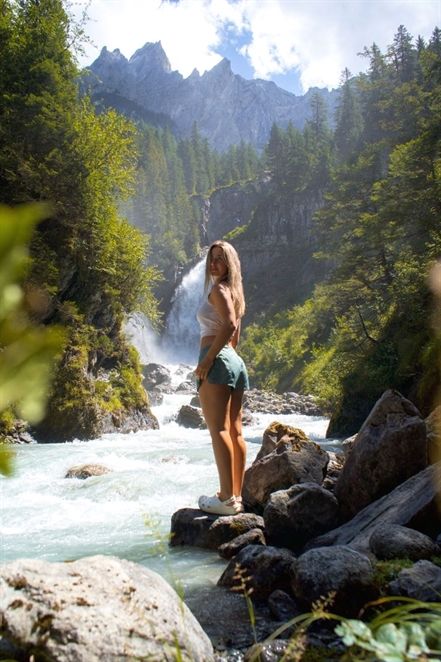
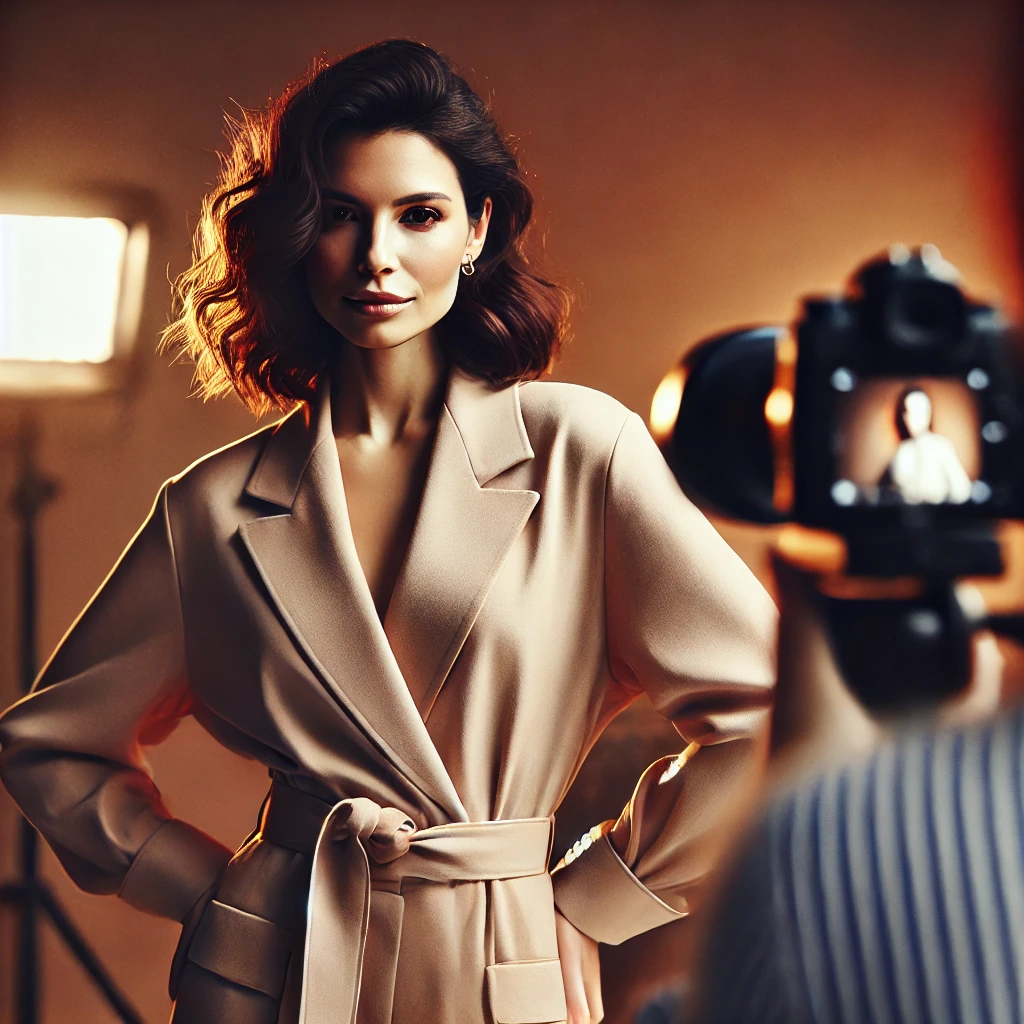
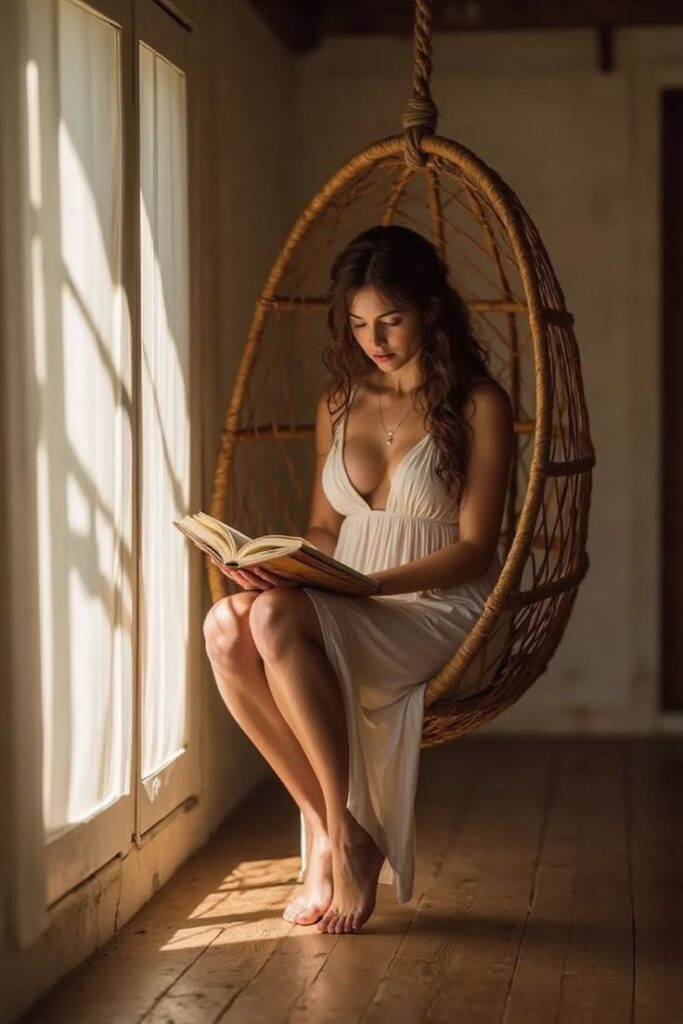


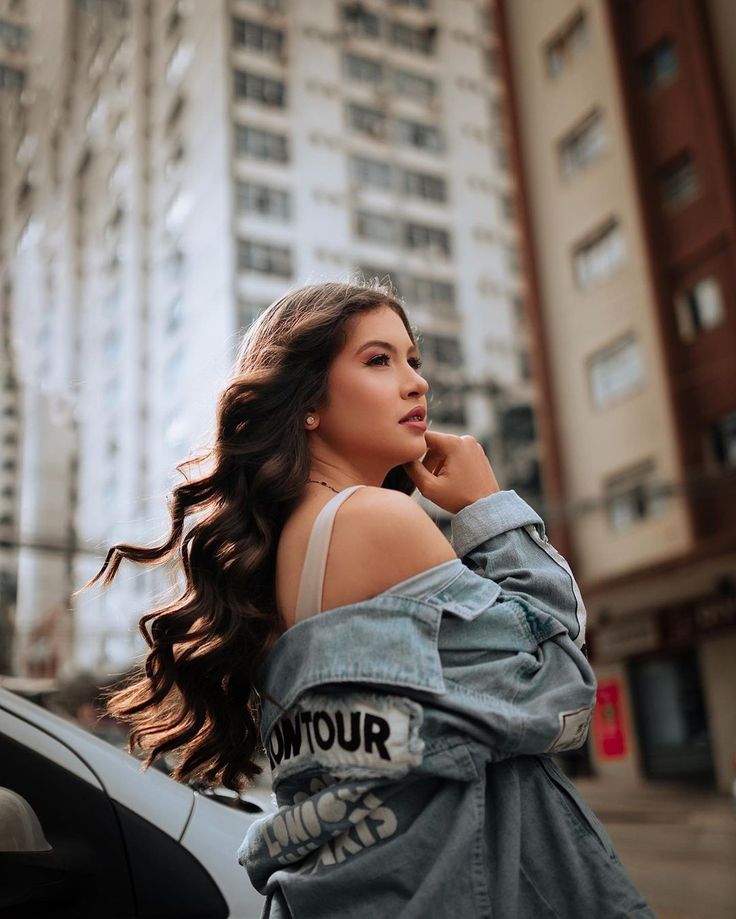
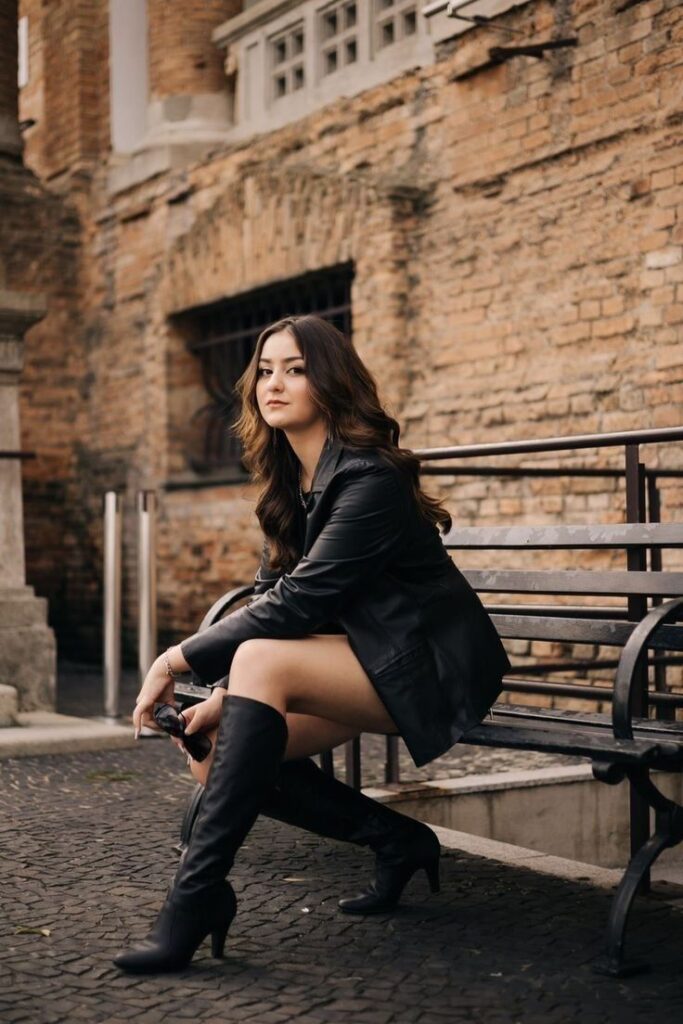
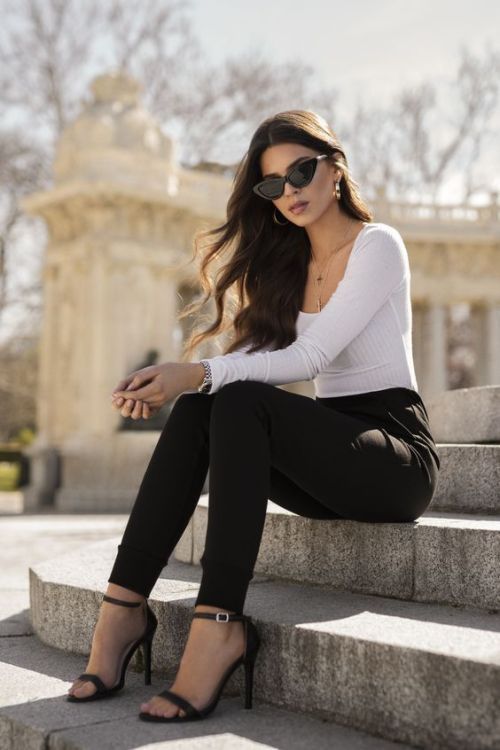

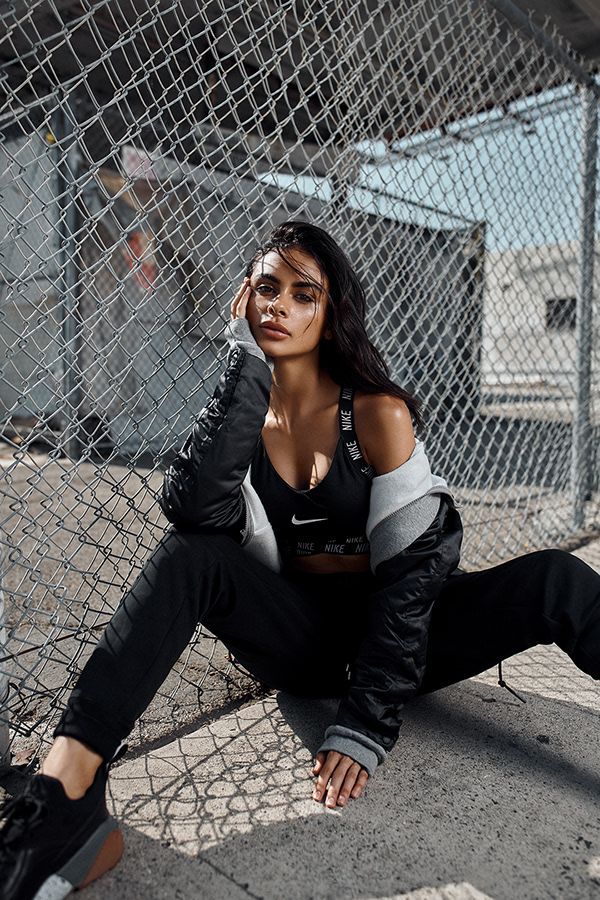
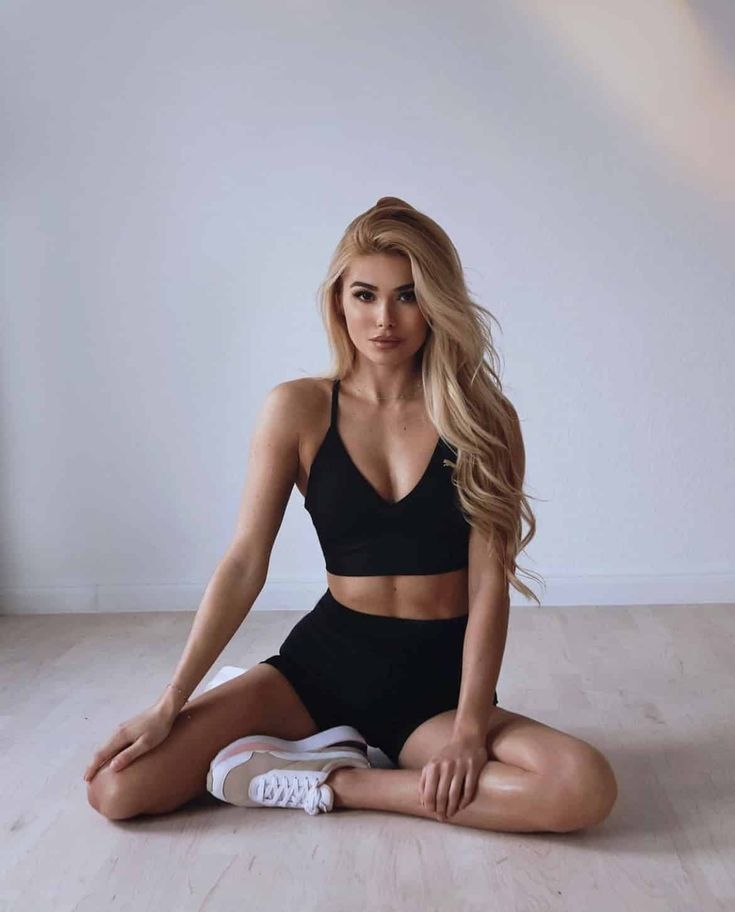

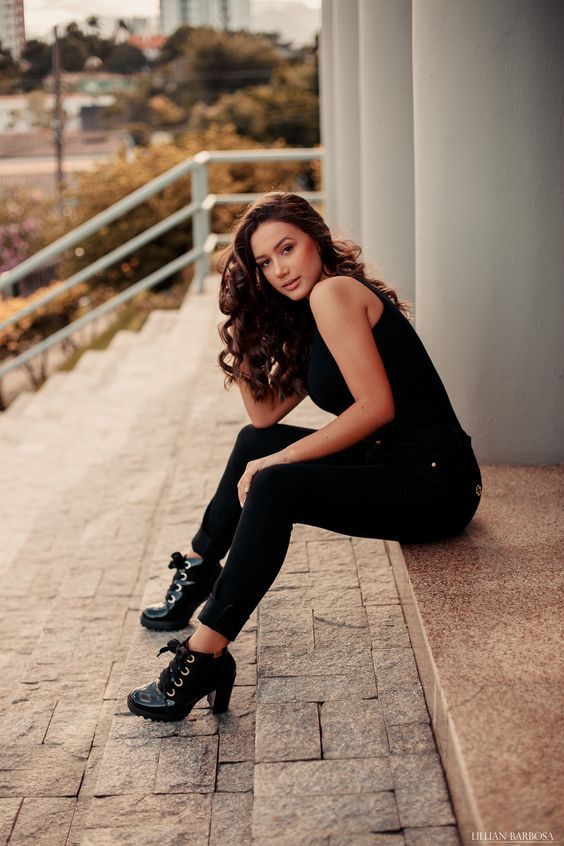


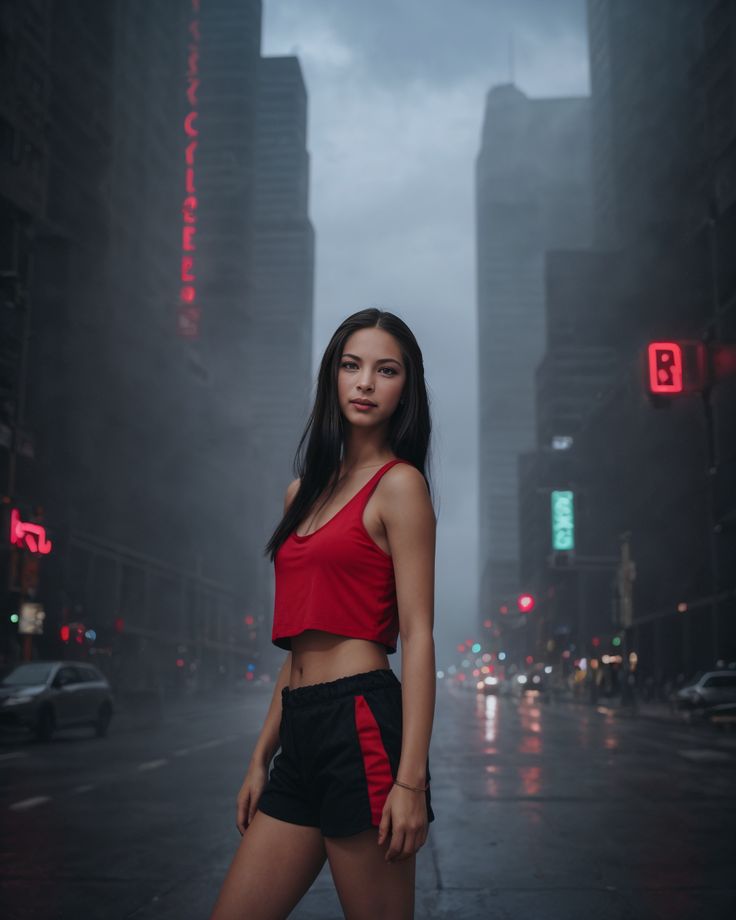











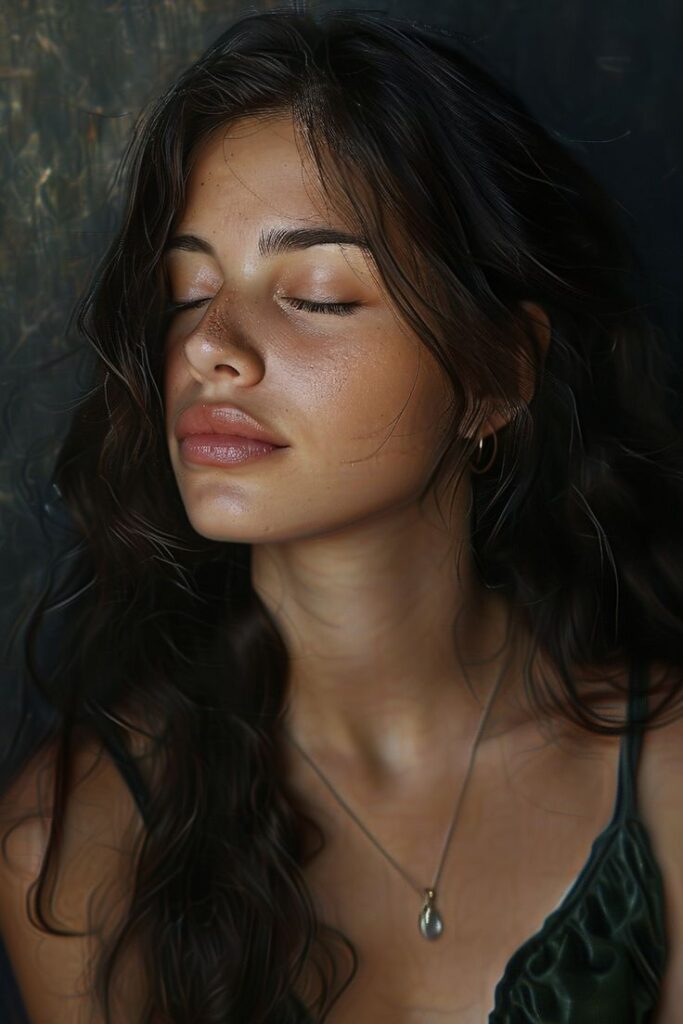
7. Post-Processing and Editing Portraits
Essential Editing Techniques
- Color Correction: Adjusting tones to enhance warmth and realism.
- Skin Retouching: Smoothing out blemishes while keeping texture.
- Dodge and Burn: Enhancing highlights and shadows for depth.
- Sharpening & Noise Reduction: Maintaining detail while reducing graininess.
8. Storytelling in Portrait Photography
Capturing Authenticity
- Engage in conversation to capture natural expressions.
- Use prompts instead of strict posing.
Creating a Mood Board
- Gather inspiration from art, fashion, and film.
- Plan themes, wardrobe, and backdrops in advance.
9. Building a Strong Portfolio
Showcase Variety
- Include different styles, lighting techniques, and compositions.
Create a Personal Brand
- Develop a signature style that sets you apart.
- Maintain consistency across social media and websites.
Networking and Collaboration
- Work with models, stylists, and makeup artists.
- Engage in collaborative projects to expand your reach.
10. Tips for Professional Growth in Portrait Photography
Keep Learning
- Attend workshops and online courses.
- Study works of famous portrait photographers.
Experiment with New Techniques
- Play with creative lighting setups.
- Try unconventional poses and compositions.
Engage with Clients
- Communicate effectively to make them comfortable.
- Direct them subtly for more relaxed and natural expressions.
Conclusion
Mastering the art of portrait photography requires practice, patience, and a keen artistic eye. By focusing on lighting, posing, composition, and storytelling, you can create compelling portraits that leave a lasting impact. Keep refining your skills, stay inspired, and let your creativity shine through every shot!

Sony Alpha a7 IV: The Ultimate Camera for Photography

Nikon Z5 Review: Is It Worth It?
-

Nikon Z9 : Game-Changer for Photography
-

Top Features of Nikon D850 That Make It Ideal for Portfolio Shoots
Sony Alpha a7 IV: The Ultimate Camera for Photography
Explore the Sony Alpha a7 IV in this complete 2025 review. Learn how its pro-level features, real-world performance, and hybrid flexibility make it the ultimate camera for photography across genres like portraits, weddings, travel, and commercial work. Table of Contents Section 1: Introduction – Why the Sony Alpha a7 IV Stands Out The Sony Alpha…
Nikon Z5 Review: Is It Worth It?
In 2025, photographers—whether hobbyists, content creators, or professionals—seek equipment that blends value, performance, and future-readiness. Enter the Nikon Z5, a full-frame mirrorless camera marketed as a gateway to high-end imaging without a flagship price tag. But how well does it hold up under real-world demands like studio shoots, weddings, landscape adventures, and lifestyle photography? In…
Nikon Z9 : Game-Changer for Photography
Discover why the Nikon Z9 is considered a true game-changer for photography. This in-depth Nikon Z9 review explores key features, real-world performance, and how it excels in professional photo shoots in 2025. Table of Contents 1. Introduction The photography world witnessed a significant shift with the launch of the Nikon Z9, a flagship mirrorless camera…
Top Features of Nikon D850 That Make It Ideal for Portfolio Shoots
Discover why the Nikon D850 is the ultimate DSLR for portfolio shoots. Explore its top features—from resolution and dynamic range to autofocus precision and workflow speed—that help photographers create stunning, high-impact images for professional portfolios. Whether you’re a portrait artist, fashion photographer, or visual storyteller, a portfolio shoot demands technical excellence, creative flexibility, and uncompromised…
Candid Moments with Canon EOS R10: Lightweight & Reliable
In the evolving world of mirrorless photography, the Canon EOS R10 stands out as a lightweight yet powerful camera tailored for real-life storytelling. Whether you’re photographing street scenes, family gatherings, weddings, or spontaneous portraits, capturing genuine emotion requires a responsive and discreet tool. This article dives deep into how the Canon EOS R10 excels in…
Bold Portraits with Canon EOS R5: Is It the Best for Work?
Studio photography has always demanded precision, artistry, and impeccable gear. As the expectations for commercial portraits, fashion campaigns, and editorial work continue to rise, the tools we use must evolve. Enter the Canon EOS R5, a camera that has stirred the professional waters with its impressive technical specs and forward-thinking design. In this comprehensive Canon…

